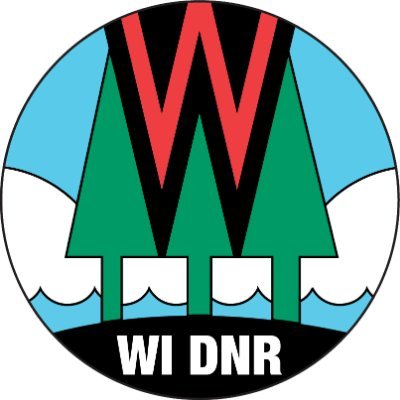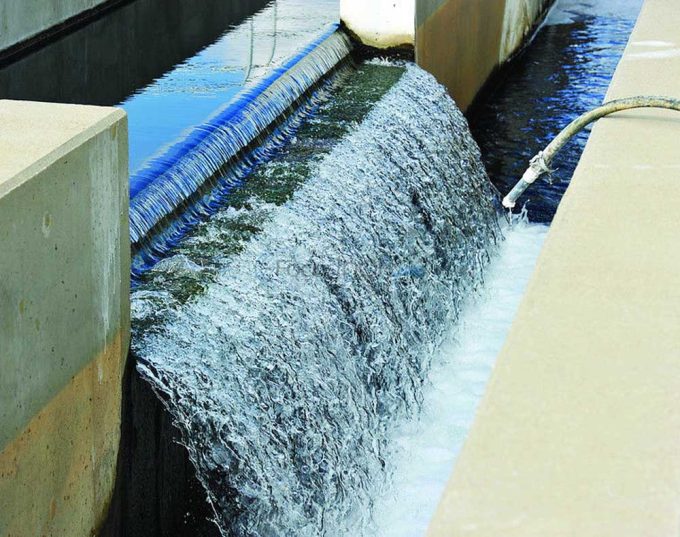Report on the Belleview Wastewater Treatment Facility Expansion Project
Project Overview and Strategic Alignment with Sustainable Development Goals
The City of Belleview is advancing its Wastewater Treatment Facility (WWTF) Expansion Project, a critical infrastructure initiative designed to support community growth and enhance environmental stewardship. The project directly addresses several United Nations Sustainable Development Goals (SDGs) by modernizing essential public services. The expansion is scheduled for completion in September 2026 and aims to increase treatment capacity, improve operational efficiency, and ensure compliance with state and federal environmental regulations. This investment is fundamental to achieving SDG 11 (Sustainable Cities and Communities) by providing the resilient infrastructure necessary to accommodate Belleview’s residential and commercial development.
Recent Construction Milestones
Significant progress has been made, with the project team achieving several key construction milestones. These accomplishments underscore the project’s steady momentum and adherence to schedule. Key milestones include:
- Successful setting and concrete pouring for the new Influent Lift Station structure.
- Completion of construction and successful leak testing on the new Effluent Tank.
- Completion of leak testing on the #3 Sequencing Batch Reactor (SBR) tank.
Following these structural achievements, work has commenced on the installation of critical piping and valves, moving the project into its next phase.
Contribution to Sustainable Development Goal 6: Clean Water and Sanitation
The WWTF expansion is a direct investment in SDG 6 (Clean Water and Sanitation). The primary objectives of the project are centered on improving water quality and sanitation services for the community.
- Enhanced Water Quality: The upgraded facility will implement improved processing capabilities and new treatment basins, leading to higher quality effluent. This directly contributes to the protection of local waterways, the regional aquifer, and aquatic ecosystems, aligning with the targets of SDG 14 (Life Below Water).
- Increased Sanitation Capacity: By expanding treatment capacity, the city ensures reliable and safe sanitation services for a growing population, preventing system stress and safeguarding public health.
- System Resilience: The project enhances the city’s ability to manage peak flows during heavy rainfall events, a critical adaptation for climate resilience and a key component of sustainable water management under SDG 13 (Climate Action).
Advancements in Infrastructure and Innovation (SDG 9)
This project represents a significant upgrade to municipal infrastructure, aligning with SDG 9 (Industry, Innovation, and Infrastructure). The modernization effort focuses on building a resilient, sustainable, and technologically advanced facility.
- Modernization of Systems: The expansion incorporates updated control systems and more efficient treatment processes, which will improve the facility’s overall reliability and operational performance.
- Long-Term Sustainability: The investment in energy-efficient operations and system redundancy ensures the facility will serve the community’s needs for decades, supporting long-term, sustainable economic development and quality of life in Belleview.
- Proactive Planning: By modernizing now, the city is proactively managing its infrastructure to prevent future system failures and ensure service continuity, a hallmark of responsible and sustainable urban planning.
Future Outlook
Construction activities will continue through 2026, with upcoming phases focused on completing process piping, electrical systems, and comprehensive system testing. Upon completion, the expanded WWTF will provide the City of Belleview with a robust, efficient, and environmentally responsible wastewater management system capable of supporting future growth and safeguarding natural resources for generations to come.
Analysis of the Article in Relation to Sustainable Development Goals
1. Which SDGs are addressed or connected to the issues highlighted in the article?
SDG 6: Clean Water and Sanitation
- The article’s primary focus is the expansion of a Wastewater Treatment Facility (WWTF). This directly relates to ensuring the availability and sustainable management of water and sanitation for all. The project aims to “meet Belleview’s growing demand for wastewater treatment services” and improve the overall system.
SDG 9: Industry, Innovation and Infrastructure
- The project is described as “one of the most important infrastructure investments in Belleview’s history.” It focuses on building resilient infrastructure by upgrading “essential components of our wastewater system to improve capacity, safety, and sustainability.” This supports economic development and community well-being.
SDG 11: Sustainable Cities and Communities
- The expansion is a direct response to Belleview’s “steady residential and commercial growth,” ensuring the city’s infrastructure can support sustainable development. The project also enhances urban resilience by positioning the city to “better handle peak flows during heavy rainfall events,” which helps in making the community safer and more resilient.
SDG 14: Life Below Water
- The article explicitly states that the upgraded facility will “enhance water quality protections for local waterways that ultimately flow into the region’s aquifer and natural systems.” This directly addresses the goal of preventing land-based pollution from affecting aquatic ecosystems.
2. What specific targets under those SDGs can be identified based on the article’s content?
-
SDG 6: Clean Water and Sanitation
- Target 6.3: By 2030, improve water quality by reducing pollution… and halving the proportion of untreated wastewater. The entire purpose of the WWTF expansion is to improve the treatment of wastewater to “ensure continued compliance with state and federal environmental regulations” and “enhance water quality protections.”
-
SDG 9: Industry, Innovation and Infrastructure
- Target 9.1: Develop quality, reliable, sustainable and resilient infrastructure… to support economic development and human well-being. The article highlights that the project is building a “stronger, more efficient wastewater system” that is reliable and sustainable. City Administrator Mariah Moody states, “Reliable infrastructure is the backbone of every growing community,” directly linking the project to supporting “economic development, housing, and quality of life.”
-
SDG 11: Sustainable Cities and Communities
- Target 11.5: By 2030, significantly reduce… the direct economic losses… caused by disasters, including water-related disasters. The article mentions that the expansion will position the city to “better handle peak flows during heavy rainfall events,” which is a direct measure to build resilience against water-related disasters and reduce potential damage.
- Target 11.6: By 2030, reduce the adverse per capita environmental impact of cities, including by paying special attention to… municipal and other waste management. The modernization and expansion of the wastewater treatment facility is a key component of managing municipal waste and reducing the city’s overall environmental footprint.
-
SDG 14: Life Below Water
- Target 14.1: By 2030, prevent and significantly reduce marine pollution of all kinds, in particular from land-based activities. The project’s goal to “enhance water quality protections for local waterways” is a direct action to prevent pollution from land-based urban activities from entering larger water systems, thus protecting aquatic life.
3. Are there any indicators mentioned or implied in the article that can be used to measure progress towards the identified targets?
The article, being a progress report, mentions several process and outcome indicators that can be used to measure progress:
-
Indicators for SDG 6 and SDG 14
- Increased wastewater treatment capacity: The article states the upgraded facility will “increase treatment capacity,” which is a direct measure of progress towards treating a larger proportion of wastewater.
- Improved water quality: The stated goal to “enhance water quality protections for local waterways” implies that a key indicator of success will be the measurable improvement in the quality of the effluent discharged from the facility.
-
Indicators for SDG 9
- Completion of construction milestones: The article explicitly lists achieved milestones as indicators of progress: “set and poured concrete for the new Influent Lift Station structure, completed construction and leak testing on the Effluent Tank, and finished leak testing on the #3 Sequencing Batch Reactor (SBR) tank.”
- Project completion on schedule: The article notes that the “project stays on schedule for completion in September 2026,” which serves as a key performance indicator for the infrastructure development.
- Energy-efficient operation: The mention of “energy-efficient operation” for the expanded facility is an indicator of sustainable infrastructure.
-
Indicators for SDG 11
- Enhanced system resilience: The “ability to better handle peak flows during heavy rainfall events” is a specific, albeit qualitative, indicator of the city’s increased resilience to water-related disasters.
- Support for community growth: The project’s success can be measured by its ability to keep pace with “steady residential and commercial growth,” ensuring reliable service for all residents.
4. SDGs, Targets, and Indicators Table
| SDGs | Targets | Indicators Identified in the Article |
|---|---|---|
| SDG 6: Clean Water and Sanitation | 6.3: Improve water quality by reducing pollution and increasing wastewater treatment. |
|
| SDG 9: Industry, Innovation and Infrastructure | 9.1: Develop quality, reliable, sustainable and resilient infrastructure. |
|
| SDG 11: Sustainable Cities and Communities | 11.5: Reduce the impact of water-related disasters. 11.6: Reduce the adverse per capita environmental impact of cities. |
|
| SDG 14: Life Below Water | 14.1: Prevent and significantly reduce pollution from land-based activities. |
|
Source: 352today.com







